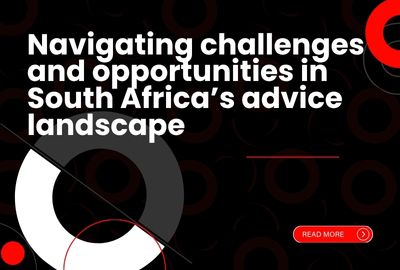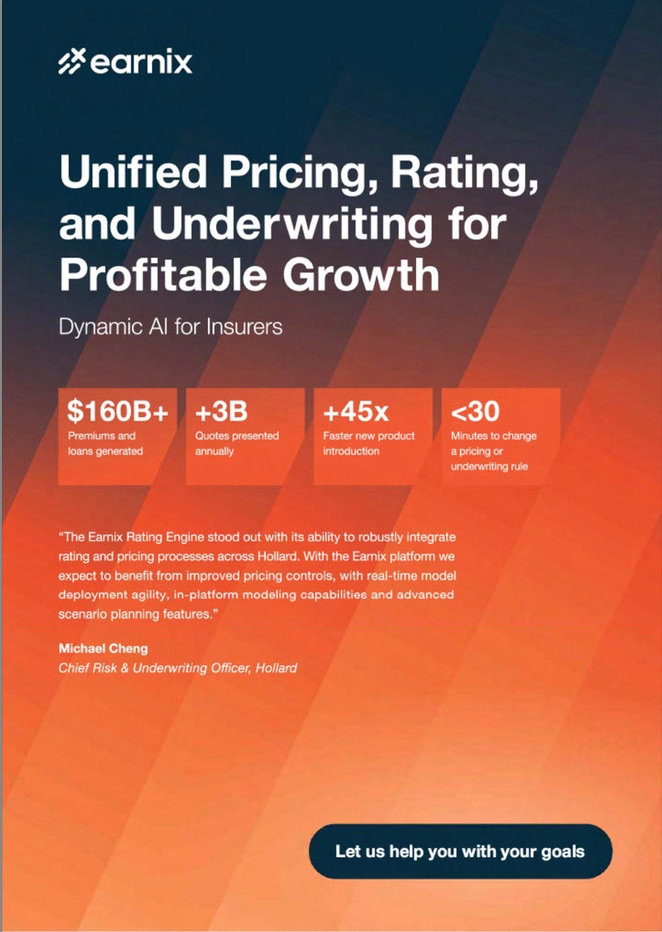Navigating challenges and opportunities in South Africa’s advice landscape

South Africa’s financial advice industry stands at a crossroads. Advisors are grappling with regulatory complexity, changing client expectations, and evolving revenue models, while simultaneously navigating unprecedented opportunities to redefine their value proposition.
This dynamic tension is captured in Allan Gray’s latest Advisor Barometer Report, unpacked in a recent conversation with Daniel van Andel, head of platform and advisor proposition at Allan Gray.
Diverse challenges across the spectrum - Van Andel is quick to point out that no two advisory practices are the same, and neither are their challenges. “It’s probably not a one-size-fits-all,” he notes. Sole proprietors are most often preoccupied with succession planning and compliance burdens. As advisors age, the question of who will continue serving their clients looms large, compounded by escalating regulatory obligations that carry significant cost implications.
Larger, more established firms, by contrast, tend to have these basics in place. Their challenges centre around scaling sustainably, adopting technology, recruiting and retaining skilled staff, and managing increasingly complex client needs, particularly in cross-border scenarios. “Clients and their beneficiaries are more frequently based abroad,” Van Andel explains. “That adds layers of complexity in understanding different jurisdictions and vehicles.”
Revenue models under pressure - The report highlights a steady evolution in how South African advisors charge for their services. Over the past two decades, the industry has largely transitioned from commission-driven products to ongoing asset-based fees. Today, more than 90% of advisors rely on this model, typically charging between 0.5% and 1% of assets under advice.
Interestingly, the average fee level has edged downward, now sitting at roughly 0.56%. “There’s room to reassess that,” says Van Andel. “With rising compliance costs, some advisors might need to evaluate whether current levels still reflect the value they deliver.”



